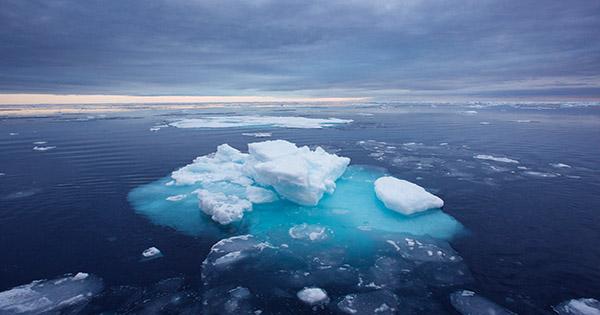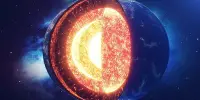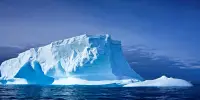Acidification in the Arctic Ocean is expected to be worse than previously thought due to carbon dioxide (CO2) intake, new research says. This increase in CO2 leads to more acidity in heated northern waters, which can eventually lead to the decay of hard-shelled marine animals such as oysters and “marine butterflies”.According to the NOAA Carbon Program, seawater as part of the natural climate cycle absorbs atmospheric CO2 and spark multiple chemical reactions that lower the pH of seawater and carbonate ion concentrations.
Mollusks, corals, and crustaceans pull these carbonate ions out of seawater to form their hard shells, but lower levels mean their shells will weaken over time and, as they can play an important role at the beginning of the seafood chain, all predictions. Fatal consequences have occurred for the species.
In the Arctic Ocean, acidification is expected to have the greatest impact, according to research published in Nature. To come to their conclusion, researchers from the University of Bern hired current climate models to simulate the Arctic’s deep-water structure and how the “carbon inventory” would change based on the surface water model.
Larger regional anthropogenic carbon storage and sea acidification are expected to be worse, and this is much higher than previously expected. The Arctic Ocean will absorb 21 percent more CO2 in the 21st century if previously thought atmospheric CO2 continues to increase. The author writes that “the effects of climate change combined with the rapidly changing physical and biochemical substances of the century can have an impact on the weaker Arctic ecosystem”, the authors write.
Jens Terhaar, a member of the group for ocean modeling at the Oeschger-Centre for Climate Change Research at the University of Bern explains in a statement, “It significantly improves the acidification of the ocean, especially between 200 and 1,000 meters.” This could have significant effects on the Arctic food chain and larger fish and marine mammals that rely on calcium carbonate.
Pteropods are the main indicator of the effects of sea acidification of species of calcite. These “marine butterflies” are eaten by predators of various sizes, from krill to whale. An earlier study published by NOAA found that “the shells of Pteropods dissolved in just 45 days when the pH and carbonate levels were placed in the ocean water for 2100 years.” The researchers concluded that the results for Arctic marine ecosystems already sensitive to the effects of climate change and human impact have “major effects”.
The habitat available for the keystone species of pteropods (Limacina helicina) will continue to decline, affecting all levels of the pelagic food, and increased acidification is expected to negatively affect the “growth, survival, and behavior” of the environmentally important species.
















